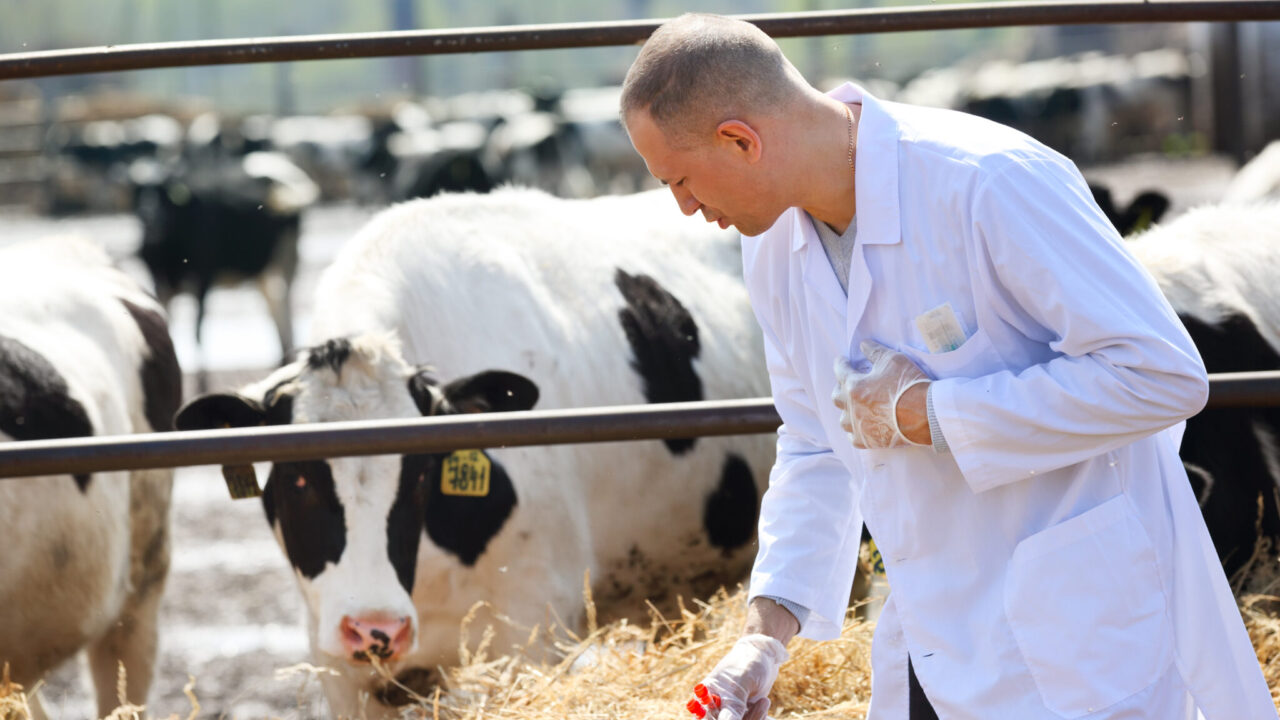A new study led by the Food and Agriculture Organization of the United Nations (FAO) and research partners highlights that improving livestock productivity is key to achieving substantial reductions in global antibiotic use.
Without targeted interventions, antibiotic use in livestock is projected to rise nearly 30% by 2040.
However, the new research, published in Nature Communications, finds that strategic productivity gains in livestock systems could cut projected antibiotic use by half.
The study projects that, under a business-as-usual scenario, global livestock antibiotic use could rise to 143,481t by 2040, an overall increase of 30% from 2019.
However, alternative scenarios indicate that antibiotic use could be reduced by up to 57% if livestock productivity is optimised.
By improving animal health, management practices, and production efficiency, antibiotic use could be lowered to approximately 62,000t by 2040, demonstrating the potential of targeted interventions in achieving global reduction goals.
Livestock economist at FAO and lead author of the study, Alejandro Acosta said: “Enhancing livestock production efficiency is key to curbing antibiotic use.
“By producing more animal-sourced food with the same or fewer animals, we can reduce the need for antibiotics on farmed animals while strengthening global food security.”
Antibiotic use
This message underscores global commitments to combat antimicrobial resistance (AMR) according to FAO.
The 2024 UN General Assembly AMR Declaration calls for a significant reduction in antimicrobial use in agri-food systems by 2030.
Achieving this goal poses considerable challenges, especially in regions where livestock production is expanding to meet growing food demand, the FAO has said.
Senior animal health officer at FAO and co-author of the study, Junxia Song said: “Stakeholders across the livestock sector must work together to improve disease prevention, strengthen monitoring systems, and invest in innovations that enhance animal health while reducing reliance on antibiotics.”
In support of these efforts, FAO recently launched the ‘Reduce the Need for Antimicrobials on Farms for Sustainable Agrifood Systems Transformation’ (RENOFARM) initiative.
The programme provides policy guidance, technical assistance, and capacity-building to help countries curtail antibiotic use while promoting sustainable livestock transformation.
Assistant director-general and director of FAO’s Animal Production and Health Division, Thanawat Tiensin said: “FAO is committed to transforming agri-food systems by reducing the need for antimicrobials, as the RENOFARM does, thereby promoting sustainable practices and safeguarding public health.”
A key contribution of the study is the introduction of the livestock biomass conversion (LBC) method, which improves accuracy in estimating livestock biomass across different species, production systems, and management practices.
According to the FAO, this allows for a more precise estimation of antibiotic use intensity, enabling policymakers and stakeholders to develop more effective strategies to optimise livestock production and minimise reliance on antibiotics.
The study, ‘The Future of Antibiotic Use in Livestock’, was conducted by FAO experts Alejandro Acosta, Wondmagegn Tirkaso, Francesco Nicolli, Giuseppina Cinardi, Junxia Song in collaboration with Thomas Van Boeckel from the University of Zurich.

